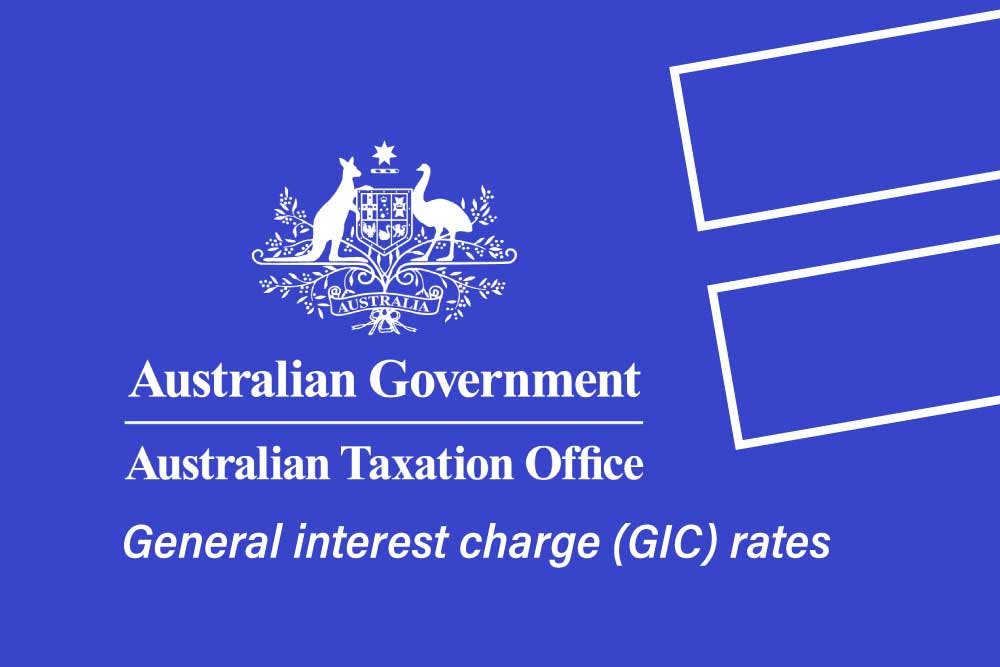ATO Debt Is Getting More Expensive: What You Need to Know About the General Interest Charge (GIC)


If you’ve been deferring payment on your tax debt, now’s the time to take a closer look. With rising interest rates, the ATO has significantly increased the General Interest Charge (GIC)—the rate applied to unpaid tax liabilities.
At Ledgersmith, we’re seeing people caught off-guard by just how quickly tax debts are compounding. Here’s what you need to know and why managing your ATO debt is more important than ever.
What is the GIC?
The General Interest Charge is the interest the ATO applies to tax debts that remain unpaid after the due date. It’s designed to encourage timely payment and to compensate the government for revenue lost due to late payments.
Unlike most commercial loans or finance agreements, the GIC compounds daily. That means even relatively small tax debts can grow rapidly over time.
As of mid-2025, the GIC is over 11% p.a. and rising alongside broader interest rates. That’s substantially higher than most mortgage or business lending rates.
Why this matters
Holding onto ATO debt is no longer a “cheap” short-term financing strategy. In fact, it’s becoming one of the most expensive forms of borrowing for individuals and businesses alike.
Here’s what we’re seeing:
- Small debts grow quickly: A few thousand dollars can become tens of thousands over a couple of years if left unmanaged.
- Cash flow pressures escalate: Businesses relying on informal tax debt as a working capital buffer may find it harder to keep up as costs rise.
- ATO enforcement is ramping up: After a more lenient period during the COVID recovery, the ATO is now reactivating debt recovery processes, including payment demands, garnishee notices, and Director Penalty Notices for companies.
A false sense of security?
In recent years, some taxpayers have become comfortable carrying ATO debt—especially when rates were low and enforcement was quiet. But that landscape has shifted.
With GIC now well into double digits, the true cost of delaying payment is significant. And unlike commercial lenders, the ATO doesn’t negotiate on interest rates.
The ATO has also disallowed the interest deduction on GIC which will have ongoing impacts on business profitability.
How Ledgersmith can help
Whether you’re carrying old tax debt or simply facing a tough cash flow season, there are options but early action is critical.
At Ledgersmith, we help clients:
- Assess the impact of compounding interest and create realistic repayment strategies.
- Negotiate payment plans with the ATO that suit your business’s cash flow.
- Identify tax planning opportunities to prevent future shortfalls.
- Engage with the ATO proactively avoiding escalation and preserving your compliance history.
- Secure competitive alternatives to ensure you can pay the debt down.
We also help you compare the real cost of ATO debt against alternative financing strategies, so you can make informed decisions.
Don’t let interest compound against you
ATO interest isn’t just a minor penalty, it’s a genuine financial risk. If you’ve been deferring tax payments in the hope of better timing, the rising GIC might make that decision more expensive than you think.
Reach out to us today for a confidential review of your position and practical advice on how to move forward. We’re here to help you regain control before the cost gets out of hand.



